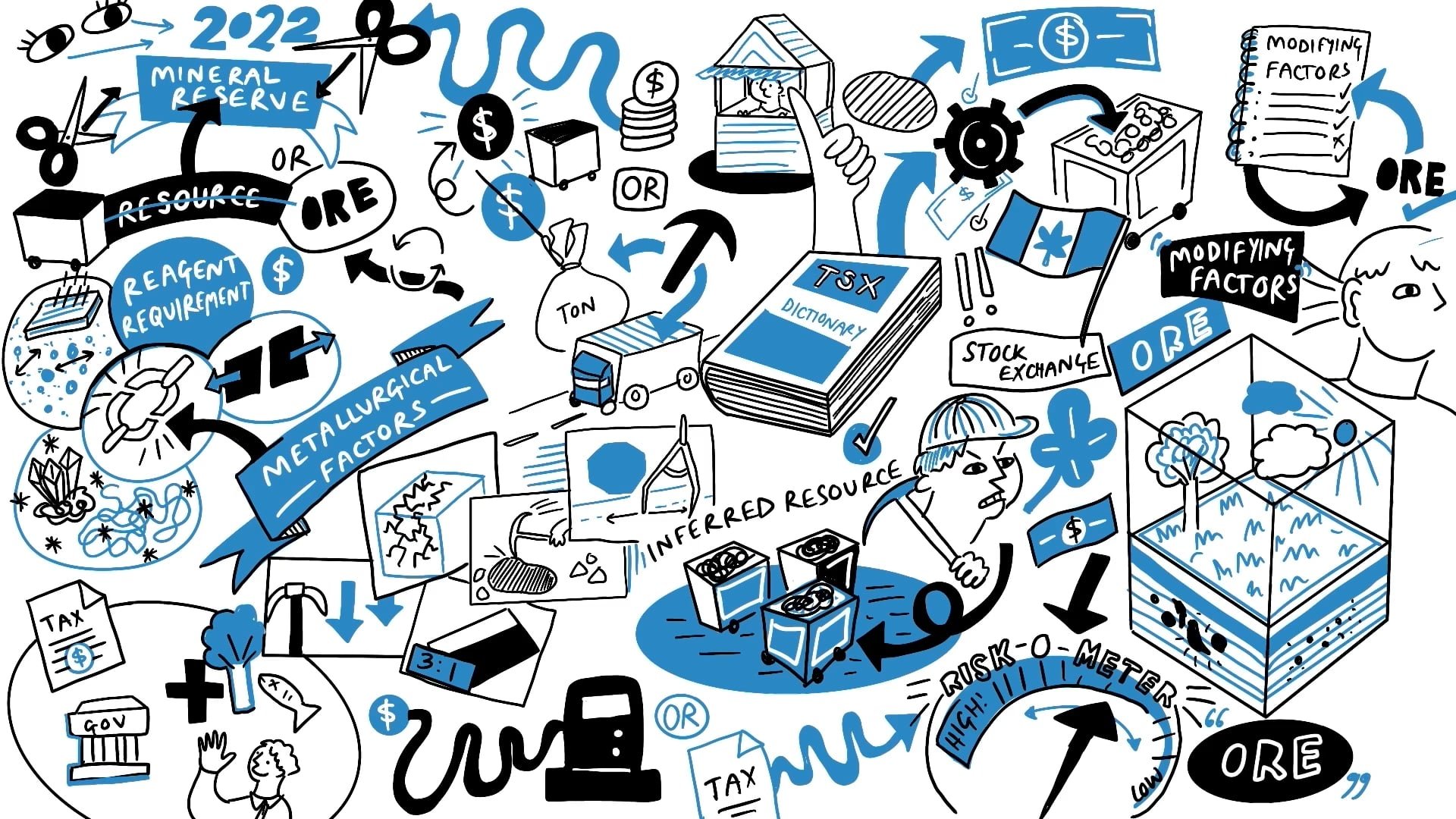Strategy: Management Team Roles And Explorers

More episodes
Transcript
A move that I'm enjoying seeing in Canadian companies is the split between the president and the CEO. I've seen that a few times - where the founder, the CEO, either moved to become the president or stays the CEO and the more market-driven resource specialist comes in to take the twin role, just diluting that pioneer or maverick sentiment as the company matures. And that's something to look out for in the strategy of a company. In explorer strategy, you need to kind of drill down more into the strategy of explorers. There are several ways that people can explore for assets.
There are serial explorers which is all well and good, but you must question how they can monetise it and generate returns for shareholders. I've seen a few companies that explore well and find assets, but they've got a tendency to actually gift the assets to majors. They do trade deals, selling on their assets to majors, which won't necessarily give a significant return to shareholders. One thing to look for is does the company a strategy which is actually going to make money for their shareholders.
If you're looking to sell an asset to a major it needs to be material to the majors and therefore that immediately reduces the opportunity suite for the retail sector. It's only worth chasing assets that are going to come out of the ground and someone else is going to want to buy. The degree of complexity around that is that one never knows what someone is going to want to buy. Scale is always good and grade is always good. If you can get the two together even better.
There's been a recent takeover bidding war for Cardinal Resources in Ghana. Seven million ounces, just over one gram of gold material. It's right up in Northern Ghana on a difficult border in a relatively difficult country. And I was very surprised by the valuation attached to it. But two majors have decided that they both wanted it. And there's been a real tussle for it. That has been an expensive acquisition, great for Cardinal Resources shareholders. But you've got to look at the fact that it was seven million ounces and the majors wanted it. And that's how it gets taken out.
Strategy - Cycles, M&A, Project Generators, Commodity Cycles. Another thing you need is for the cycle to be favorable. In a period of rising gold, copper or lithium prices, you need to look for consolidation in the sector in order for your asset to be taken out. Typically the majors should be by companies on the way down when the metal prices are falling as medium sized companies are struggling to raise capitals as exploration companies are struggling to raise fresh capital and equity to do the drilling.
That's when you'd expect the majors with a cashflow to come in and buy these assets at the bottom of the cycle. Strangely, it typically works the other way around. The board takes so long to come to a decision, they're so risk averse that they need to feel comfortable that the metal prices will stay high and often mistakenly come in at the top of a cycle. I referenced Anglo-American buying MMX in Brazil in 2008, and that was an example of a company coming in at the top of the cycle. Iron ore prices had reached $150 per ton, and.one really
makes money on iron ore when it comes to direct shipping or lump ore. MMX was - when that deal came through - it was mostly on magnetite, which is pumped as a concentrate down pipelines. Anglo didn't actually buy the pipeline infrastructure or the port infrastructure as part of the deal. They desperately wanted to get into the iron ore market, and so they bought MMX, and it was a classic top of the cycle kind of indicator.
Another struggle when you're trying to sell your asset is that many mining companies actually have quite a strong not invented here philosophy. New business development teams of mining companies are incredibly risk-averse. They have seen all of the problems of bringing in a project or bringing a project into production. They understand that if you have a small metallurgical problem it can destroy your margin. They understand political risk. They understand almost every aspect of technical risk. Consequently, unless your project has a champion within the potential acquirer company, they're going to come in, do their due diligence and walk away.
It is very hard to get mining companies to buy you out. Only the best assets will make it and very few assets that we see in exploration will ever actually come out of the ground. M&A, I believe that the best strategy for a junior company to attract and acquire is, in a sense, not to put it up for sale, but just to keep committing to self-development. You need to grow your company, mature your company, go through that exploration phase, increase staffing to demonstrate the core competencies so you can take it forward. You need to ensure that you line up the government, you line up the permitting, the financing, and you demonstrate that you've got everything in place that is required to build this thing. And it's at that point that if your asset is good enough, people will say, oh, this is the real deal. It's coming out of the ground. We need it in our portfolio. That's the time when the company's likely to get sold.
Project generators. Another style of exploration strategy that is often put out there are the project generators. Now, the challenge with the project generators is that typically the timelines to production are long from an early stage to the final brick going in. And so that creates a time value challenge for investors. So even if you do a high value farm out, you essentially end up with a minority stake in an asset which has got long-term value. And the bigger the asset, the longer the timeline for development is going to be. So it is going to be a decade at least and possibly longer. I mean, look at how long it takes to build a mine.
Globally the average now is around 12 years. It used to be seven years, but permitting has got more difficult and it's been pushed out. Copper mines, typically larger, are now 15 to 25 years. It can be decades before a mine can come into production. So for a smaller company to have a carried interest, either you need the patience of Job, or you need to have very advanced, short timeline development assets as well, or a single project that you take on a 100% basis, or the projects in your portfolio need to be so good that they'll get bought out directly.









































.jpg)
.jpg)
.jpg)
.jpg)














